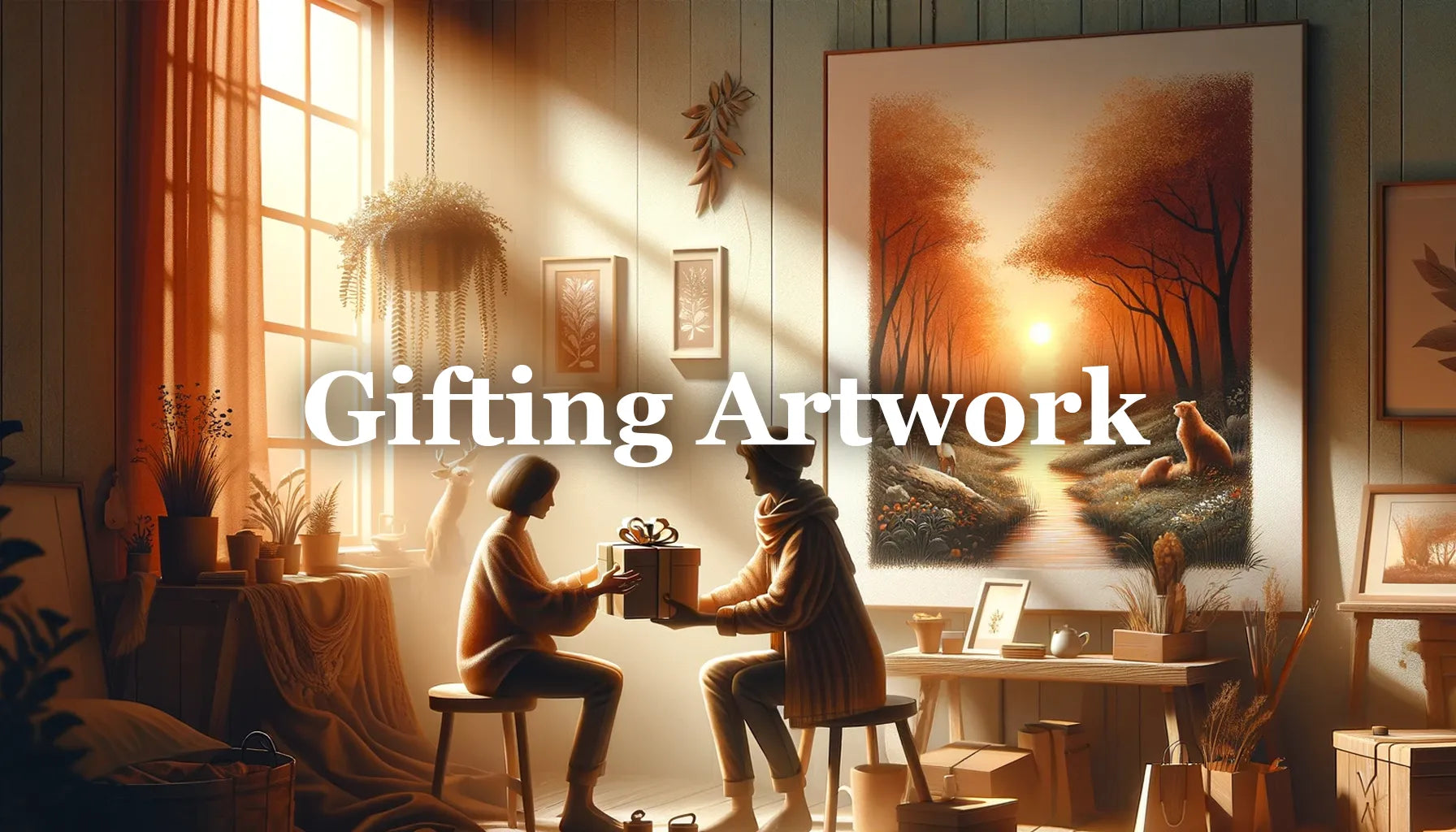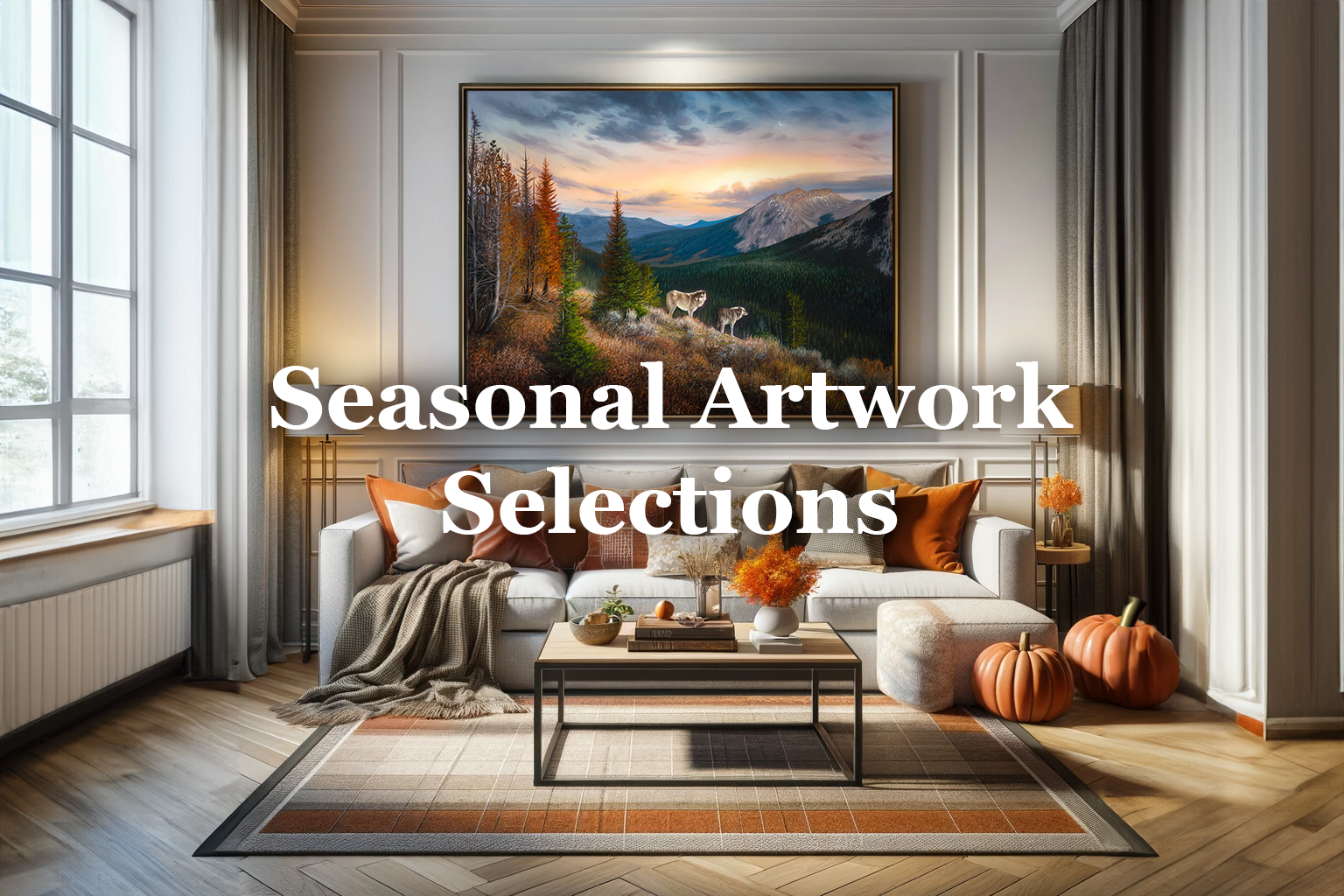General Art Help ·
This blog is supported through the affiliate links below
This blog is supported through the affiliate links below
Prismacolor Markers - Underpainting: A Step by Step guide
All my life I think that I’ve been a painter by heart. That’s perhaps why I never once considered using markers in my artwork. However one day I was looking to create some t-shirt designs and figured markers might be a worthy investment for this. Having never tried these markers before, I started with a black and a mid-tone gray. I instantly fell in love with them. That night I placed an order for a 72 color set and picked up some Strathmore mixed media paper as it looked fitting. I began creating marker drawings and experimenting with creating fur, feathers, and landscapes as I’m a wildlife artist by nature.

I had this run of artwork where I was creating only marker drawings and I loved it. Then one day I needed to add some highlights in the eyes of my subject and so I grabbed my acrylic paint and added some over the top. It worked so well for me on that drawing. The wheels began to turn inside my head. The next drawing I used a lot of acrylic over the top of the marker and simply put, I was sold on it. All of this is what led me to my very popular marker/acrylic mixed media drawings. I found I could use markers to create an underpainting, and then use fluid acrylics over the top to finish it. It’s faster, quite simple to do, and the quality is never sacrificed.
So let’s get into it. For this tutorial I’m going to suggest the Strathmore 400 series mixed media paper, either Prismacolor brush tip markers or Copic brush tip markers (virtually the same), and either Golden fluid acrylics or Liquitex soft body acrylics (also the same). My personal palette area contains just about every color to be desired in markers.

They aren’t always needed though as you can create any color with your acrylics if you lack in marker supply. What I recommend is having all the shades of neutral grays, black, and a basic set of common colors like red, blue, yellow, green, orange, etc. If you want an upper hand in your arsenal of markers, get a bunch of muted tones like warm grays, French grays, and very subtle color tones of all those basic colors.

The softer tones are great because you never want to over saturate your colors as it makes it more difficult to adjust with acrylics over the top. For this example I’m going to draw a red apple.

The first thing you’ll want to do is sketch out all the outlines and colors with a graphite pencil. Outline any highlights, color changes, or shadows.


Once you have that completed take your lightest gray such as a 10% gray, and trace over all those lines you made so that your sketch becomes permanent in marker.

The final step to preparing your marker underpainting is to use your various neutral grays to shade the entire apple. This is much like creating an underpainting with paints. We aren’t concerned about color just yet. Instead what we want to do is get all of our tones correctly in place. The result should look almost like a finished black and white drawing or painting.

Now to add the color and complete the underpainting. This is where having those subtle tones over the highly saturated ones can come in handy sometimes. For this example, I’m going to use a color called “Deco Pink.” Simply fill in the apple completely with the pink (or any light pink) and also take a green and fill in the leaf. Don’t worry about any detail. We are only concerned with blocking in the entire area with the colors. I also used some “Tuscan Red” for the deeper red hue. If you don’t have these colors, you can either wait to add the darker red with paint, or find something similar. You can always paint over the top so no need to be extremely concerned about getting it perfect. The shading underneath will provide some basic shades to our apple.

Okay that’s it! Our marker underpainting is complete! Sometimes I’ll go further with the underpainting if I have the right colors to do so. Reds are easy to over-do because they can be such saturated colors. So that’s why I stopped at this point.
All that’s left is adding texture, highlights, and correcting some shading with our fluid acrylic paints. I cannot stress enough how thin you want your paint to be when applying it to the underpainting. I mix approximately 75% water and 25% paint most of the time to my best guess; perhaps 50/50 on occasion as well. In a way all we are doing is washing colors over the top and colorizing the paper.

The right consistency is something you will have to practice with. It only comes with time and experimenting yourself over the course of a few paintings. Only when you are nearly finished and want to add perhaps some pure white highlights will you want to use a thicker paint. When painting over the top I often use a liner brush most of the time and add thin washes. Repeated over and over, we begin to build up our desired results.

At this stage the apple is beginning to look close to completion. The last stage is adding our highlights and perhaps some fine textures. This is where I begin to add less water and use thicker paint to really make these highlights or deep shadows pop. Now you can take this stage of the painting as far as you would like to. It really becomes a basic painting in the end and we can continue to work it until we are satisfied. Worked correctly however, you can get your desired results with much less paint than what you’re probably used to and in much less time. The results are pretty cool too!

Looking back I probably could have kept going with more of the “Tuscan Red” before I started the paint, but it is all part of the learning process.
These marker and acrylic paint mixed media drawings as I like to call them have become a major part of my portfolio. I love my large studio paintings on canvas and always will. Although these quick and easy to produce drawings have helped me not only attract a new group of collectors, but has allowed me to offer original art at a more affordable cost which is huge in today’s competitive art market. Not to mention they keep a continuous flow of new prints for me to offer without taking much time away from my larger canvas paintings which is what I’m most passionate about. The possibilities are pretty endless and I continue to discover new tricks by combining these two mediums together. With much practice, you can unlock some pretty awesome results like this wood duck I completed recently. Happy painting!

I hope you enjoyed this! If you would like to follow more of my how to paint content checkout my YoutTube Channel and also be sure you are subscribed below to my email list:
Grow Your Painting Skills and Resources
Instant access to 1000s of royalty-free reference photos of landscapes and wildlife as well as step by step oil painting videos. Checkout My Memberships for more info.

I'm Chuck Black, landscape and wildlife artist based in Southwest Montana.




